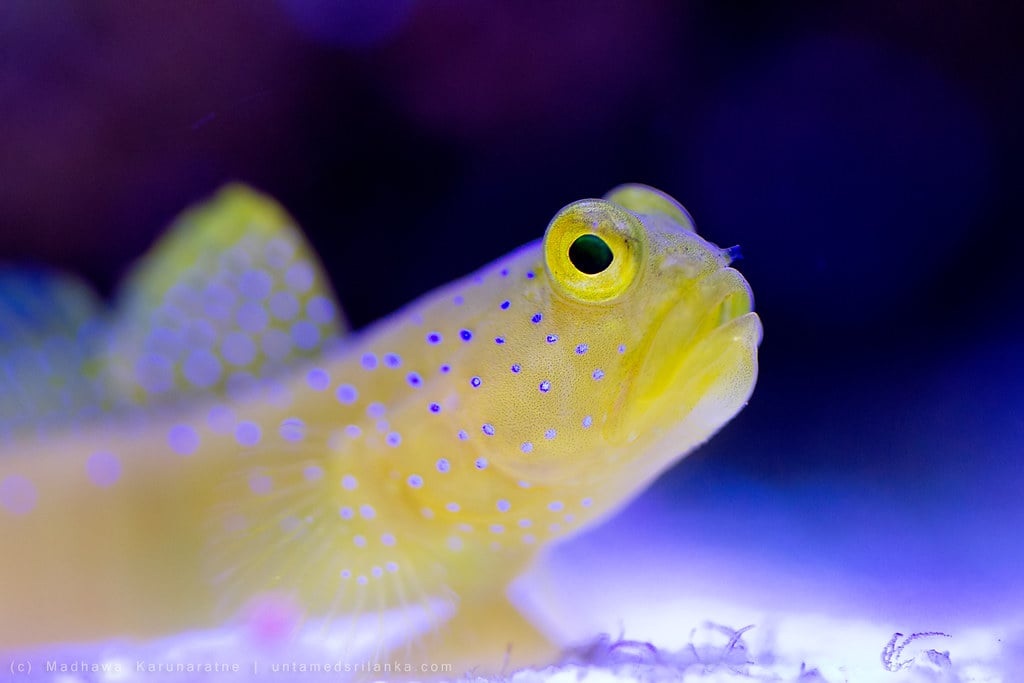Can I cultivate live food in the same tank as my Endler guppy? (I plan on adding other fish in the future). I have read that it is not smart to grow daphnia as they reproduce very quickly and outcompete for oxygen.
So is it possible to breed live food in the same tank to create some kind of biome, maybe with some other species? (Monia, fairy shrimp, Rotifer Brachionus)


Cultivating live food for your fish friends is a great idea! Research, trial, and error are going to be really important in the process, so it’s better to do it in a separate tank to keep your fish safe. We don’t have the ability to bring an entire complex ecosystem into our homes and put it in a glass box; the best we can do is mimic one as best as possible. This means that an experimental tank won’t have as many of the same “redundancies” nature does when nutrient, light, or oxygen/dissolved gases get out of balance, and population crashes can happen a lot more easily. (Even if it’s just the food creatures that die off, the decaying matter can cause problems like ammonia burns for your fish.) Rather than trying to establish a sustainable colony of food animals in your fish tank, starting a tank with food animals and slowly adding fish to it will give you a much clearer picture of how large a population they can sustain.
Some tips to help you build as robust a system as you can:
This sounds like a really cool project. If you decide to do it, I hope you’ll post updates!
I ended up adding 10 cherry shrimp with plants they can hide in. When shrimp reproduce, they go for the quantity strategy, so they have a lot of babies in the hope that some survive. Some of these babies get eaten by the fish. A nice bonus is that the shrimp eat food leftovers and algae.
As for creating stability, I do daily 10% water changes, as I don’t have room for a large filter. Something more complex will require a larger tank.